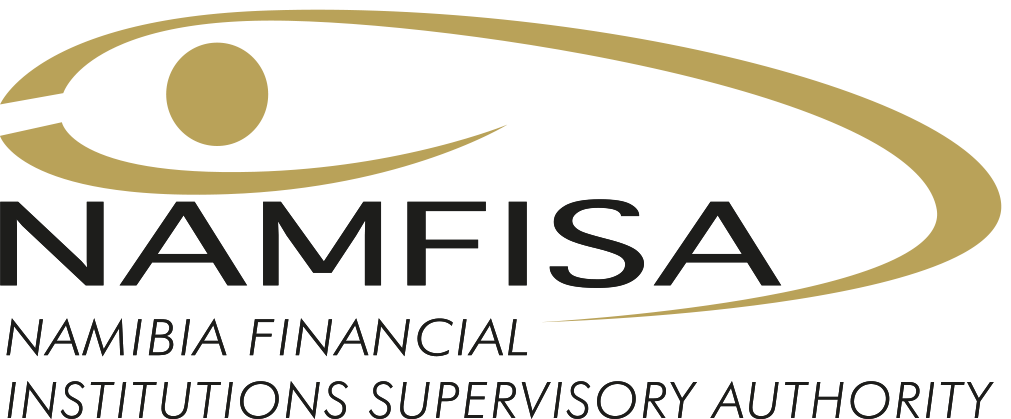What Is a Medical Aid Fund?
A medical aid fund is a collective system where members contribute regularly to help cover unexpected medical expenses. Instead of paying out-of-pocket, members pool their money to create a shared fund that pays for healthcare services when needed.
Each member pays a monthly premium, and all contributions are combined into a central pool. This pool is then used to pay for medical claims like doctor visits, hospitalisation, and medication.
Medical aid funds estimate how much money will be needed by looking at past medical claims and rising treatment costs — known as medical inflation. Based on this, they set your monthly premium to ensure there’s enough money to pay for the benefits promised. The more coverage you choose, the more you contribute. Changes to benefit options are usually only allowed once a year, and premium increases are typically announced around November.
Medical aid funds estimate how much money will be needed by looking at past medical claims and rising treatment costs — known as medical inflation. Based on this, they set your monthly premium to ensure there’s enough money to pay for the benefits promised. The more coverage you choose, the more you contribute. Changes to benefit options are usually only allowed once a year, and premium increases are typically announced around November.
Where Your Money Goes
Most of your premium goes toward actual medical care — but part of it also pays for operational costs, such as:
- Admin and claims processing
- Professional medical oversight (managed care)
- Investment and actuarial services
- Audits and regulatory compliance
What Happens to Unused Funds?
If the fund spends less than it collects, the leftover amount isn’t shared or paid out — by law, it stays in the fund as reserves. These reserves act as a safety net for years when claims are unexpectedly high. Medical aid funds are required to keep at least 25% of annual contributions in reserve.
Medical aid funds are built on shared contributions and are designed to protect members from high medical costs. Through careful planning and regulation, they ensure funds are available when you need them most — both now and in the future.
If the fund spends less than it collects, the leftover amount isn’t shared or paid out — by law, it stays in the fund as reserves. These reserves act as a safety net for years when claims are unexpectedly high. Medical aid funds are required to keep at least 25% of annual contributions in reserve.
Medical aid funds are built on shared contributions and are designed to protect members from high medical costs. Through careful planning and regulation, they ensure funds are available when you need them most — both now and in the future.

